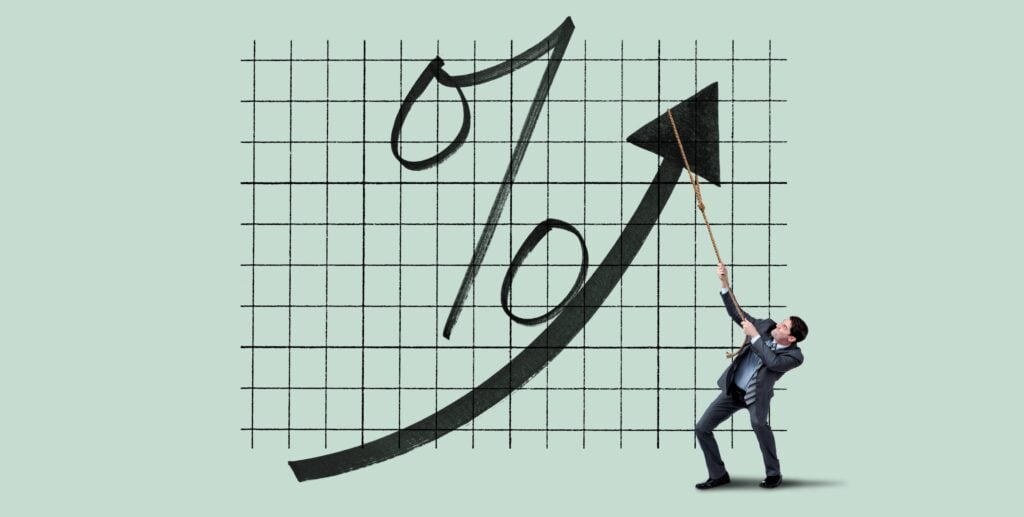George Selgin has another excellent post in a long series on the Depression and WWII. This one points out that the economy did pretty well during the late 1940s, despite widespread forecasts of a major post-war depression:
What lay behind this remarkable achievement? The proximate answer was a revival of private spending far exceeding what many economists, and Keynesians especially, predicted, and doing so by more than enough to compensate for a reduction in government spending that was itself greater than most had anticipated.
Consider, for example, a pair of painstaking and influential but otherwise representative forecasts prepared just after V‑J Day by Everett Hagen, who was then chief of the Fiscal Policy and Program Planning Division of the Office of War Mobilization and Reconversion. Despite the late date, and the fact that Hagen somewhat overestimated postwar government spending while underestimating the pace of demobilization, his “more favorable” forecast underestimated 1946 GNP by about 12 percent, mainly by underestimating both consumer spending and private capital formation. Hagen’s “less favorable” forecast underestimated 1946 GNP by more than 15.5 percent. Both forecasts put the number of unemployed at 8.1 million during the first quarter of 1946, overestimating it by more than 5.5 million. But while the more favorable one had the unemployment level dropping steadily to 5.6 million by mid‐1947, the less favorable one had it increasing to 9.3 million—an overestimate of almost 7 million!
Did this spectacular failure in forecasting lead economists to reconsider their Keynesian models? Apparently not. Instead they (wrongly) denied that there had been much austerity:
Some economists have insisted that, despite appearances, the federal government was still propping up the U.S. economy in the years that followed the war. . . . Harold Vatter (1985, pp. 151–2) also attributes the lack of a severe postwar slump to increased government spending. . . . But the actual record of government spending on all levels before and just after the war, as shown in the following chart, suggests that, while growth in the size of government may account for later gains in stability, it can’t have made much difference during the immediate postwar era. In those days, the federal government’s share of GDP, instead of being “several times” larger than its prewar level, was only one‐and‐one‐half times as large, while the share of GDP consisting of spending by all levels of government had scarcely risen at all. The small difference—that between a range of 16–19 percent versus one of 14–16 percent—hardly seems capable of accounting for the difference between depression and prosperity!
George provides this graph (the red line is total government output as a share of GDP):
This reminded me of the austerity scare of late 2012, when many Keynesian economists warned that a dramatic shift toward austerity, which slashed the budget deficit from roughly $1,050 billion to $550 billion in just a single year, risked pushing the economy into recession. Instead, RGDP growth, NGDP growth, and employment growth all sped up in 2013 (using 4th quarter over 4th quarter figures.) When their forecasts didn’t pan out. Keynesians started arguing that there actually hadn’t been all that much austerity. Plus ça change . . .
BTW, in both periods, short-term rates were near the zero lower bound, a situation where monetary offset is supposedly (but not actually) ineffective.
















